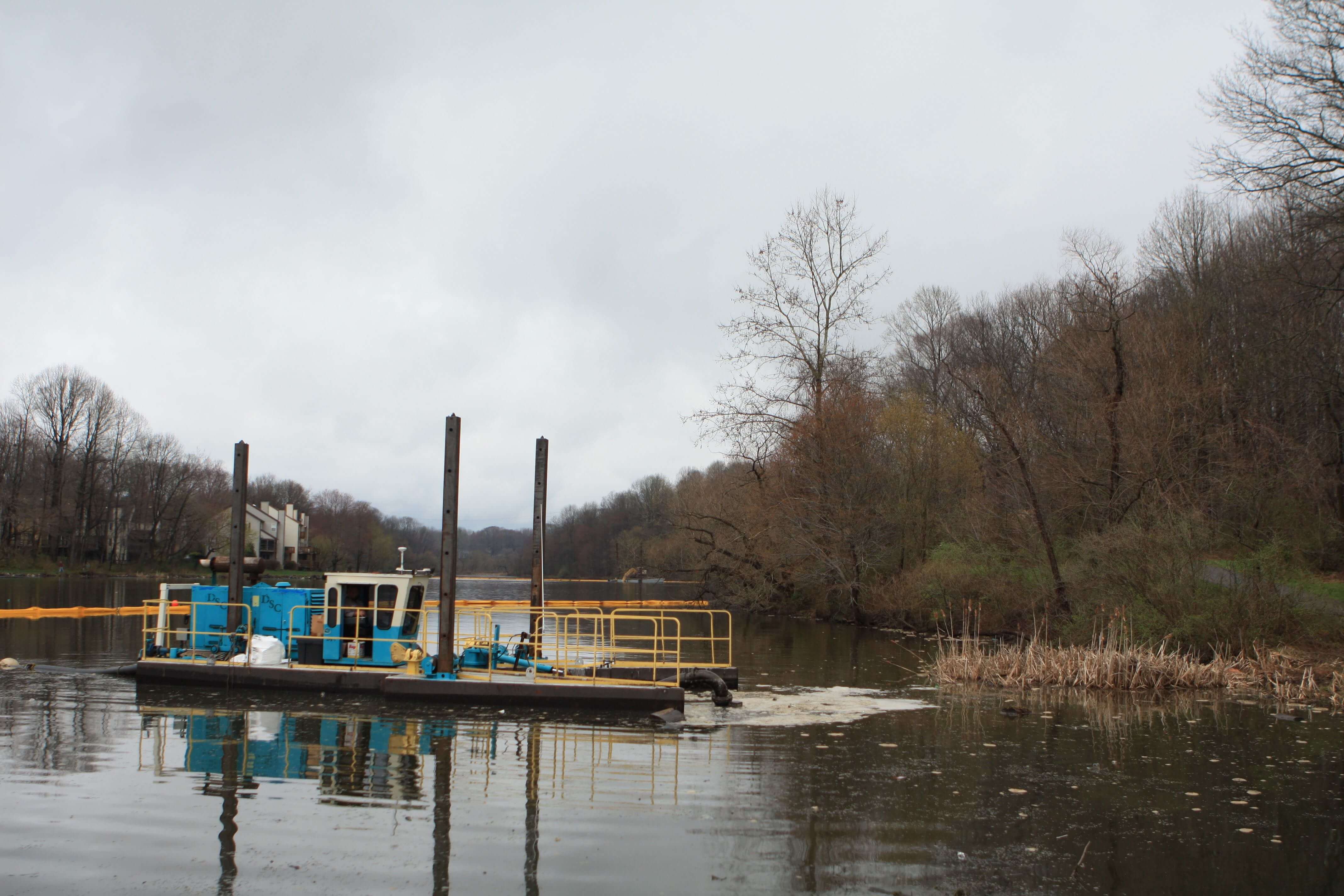

If you have an opportunity to get out to the goldfields, and you find out who owns some of the mining claims, ask if you can do some sniping of mining ground where bedrock has been exposed and worked on an industrial scale. Obviously, the first step to take if you want to gain access to a nearly-guaranteed pay-streak is to go where the gold has already been found before in large quantities. I have found some bedrock so rich it has averaged over $300 an hour for half a day, and I laid down to do it. Working bedrock can be a life of leisure. It is just a matter of finding the right pocket to dig in, and here lies the key to success. You would be amazed how much gold remains in bedrock cracks in places where the large equipment has already gone through. It has usually been cleared away by bulldozers, where massive amounts of the pay-streak have already been washed through sluice boxes. Although you can go over the top of bedrock with a metal detector or if it is underwater, you can dredge bedrock, there is only one way I know of to work on bedrock located high and dry, and that’s with old-fashioned hand tools.ĭuring recent years, a lot of bedrock I have worked has been the stuff that is up high and dry. At times, when pay-streaks become concentrated, the only good way I know of to work bedrock is by old fashioned scraping.
.jpg)

Working bedrock on most Alaskan creeks is working the cream of the crop. But having learned from experience, if I panned-out every little spoonful or trowel full of bedrock dirt, my production of bedrock gold would be sparse. With each scoop of dirt and piece of bedrock I dumped into the bucket, it was tempting to glance over my glasses to try and catch a glimpse of gold in the pay-dirt. “I have found some bedrock so rich, it has averaged


 0 kommentar(er)
0 kommentar(er)
